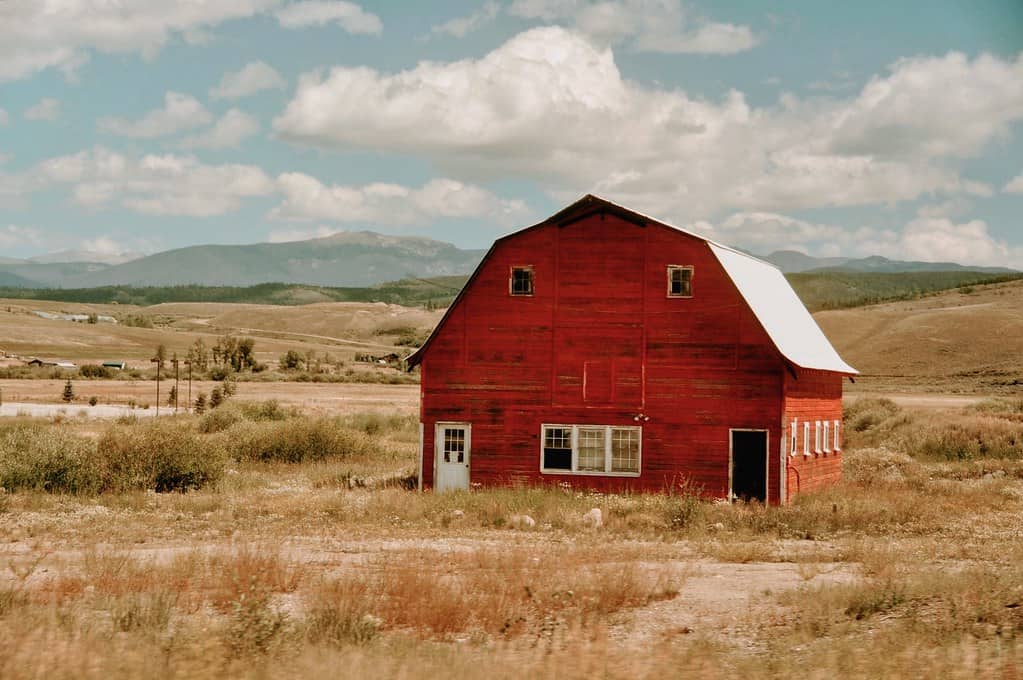Well that’s a very interesting question on the internet about why were barns always painted red? Red has always been associated with barns, as tradition dictates. This is because most of them had been painted as such since the olden times. But you might stop to think about why they were as such and why red was the color of choice?

There are many rumors and myths as to why barns were painted red. Cows could find their way home by painting barns red, according to one theory. A barn is a huge structure that stands out against the green fields when the color red as Red is a complementary color to green. But this theory has been disproven as cows are colorblind.
Another theory suggests that barns were painted red to resemble as though they were made of bricks which only the wealthiest of farmers could afford. But this theory has been disproved as well.
In fact, the truth is that the Barns weren’t actually painted at all. Farmers simply did not bother or could not afford such. As the years went by they realized that due to the effects of rain, fungus, and other forms of weathering, their barns did not last as long. A solution to this was required which came in the form of a homemade mixture to protect the barn. The oil derived from the seeds of the flax plant, linseed oil, was often used as a barn sealant by farmers. A variety of ingredients were added to this oil, most often milk and lime, as well as ferrous oxide, or rust. On farms, rust was abundant as it was effective as a sealant and killed fungi and mosses. It turned the mixture red in color.
In the 17th century, farmers started using this protective material. They also realized that this color absorbed more heat and kept the Barn warmer during the harsh winters. The Barns lasted longer as well. Since commercial paints were not available for a long time, this red paint became the staple of Barns for hundreds of years.
